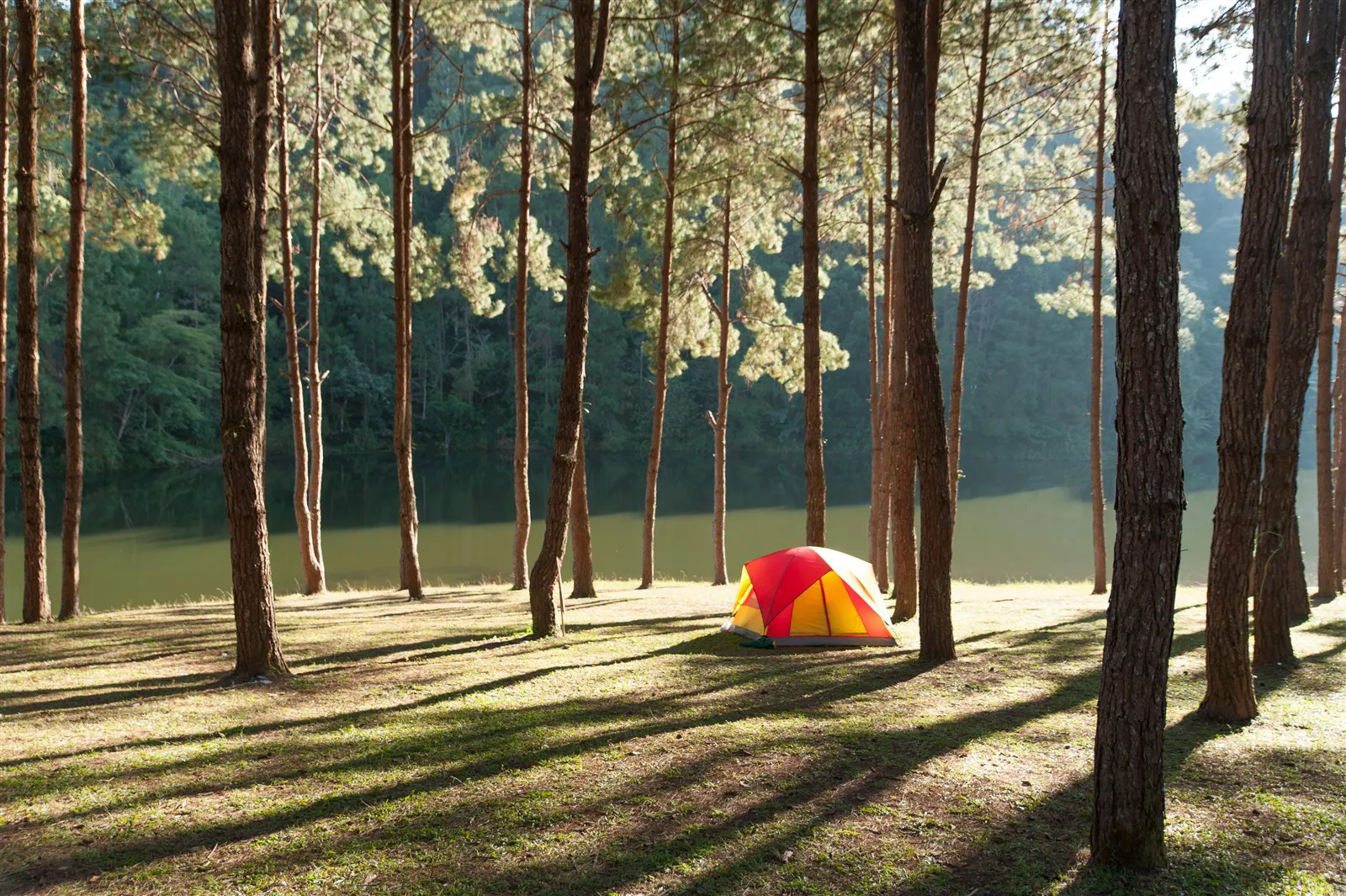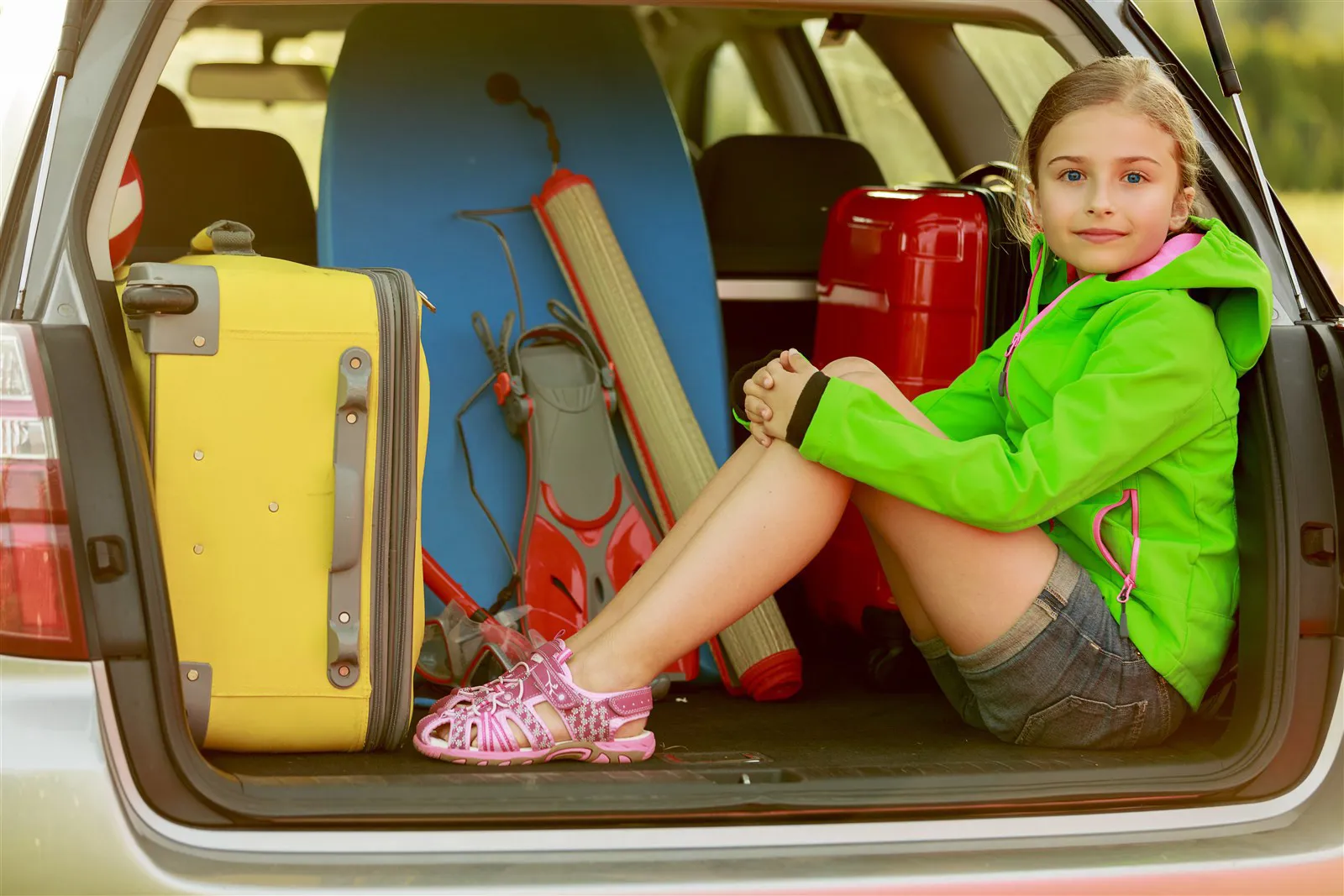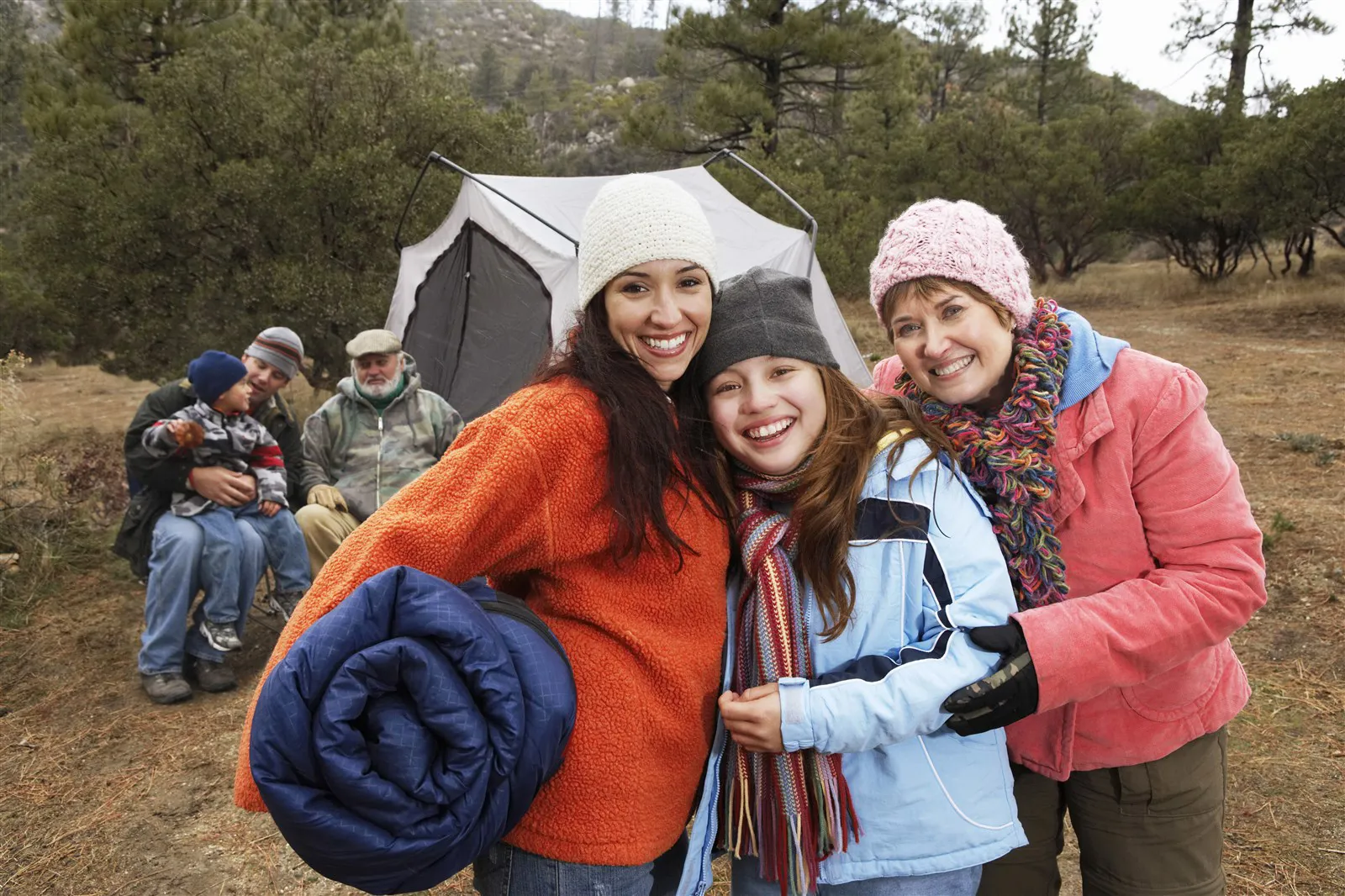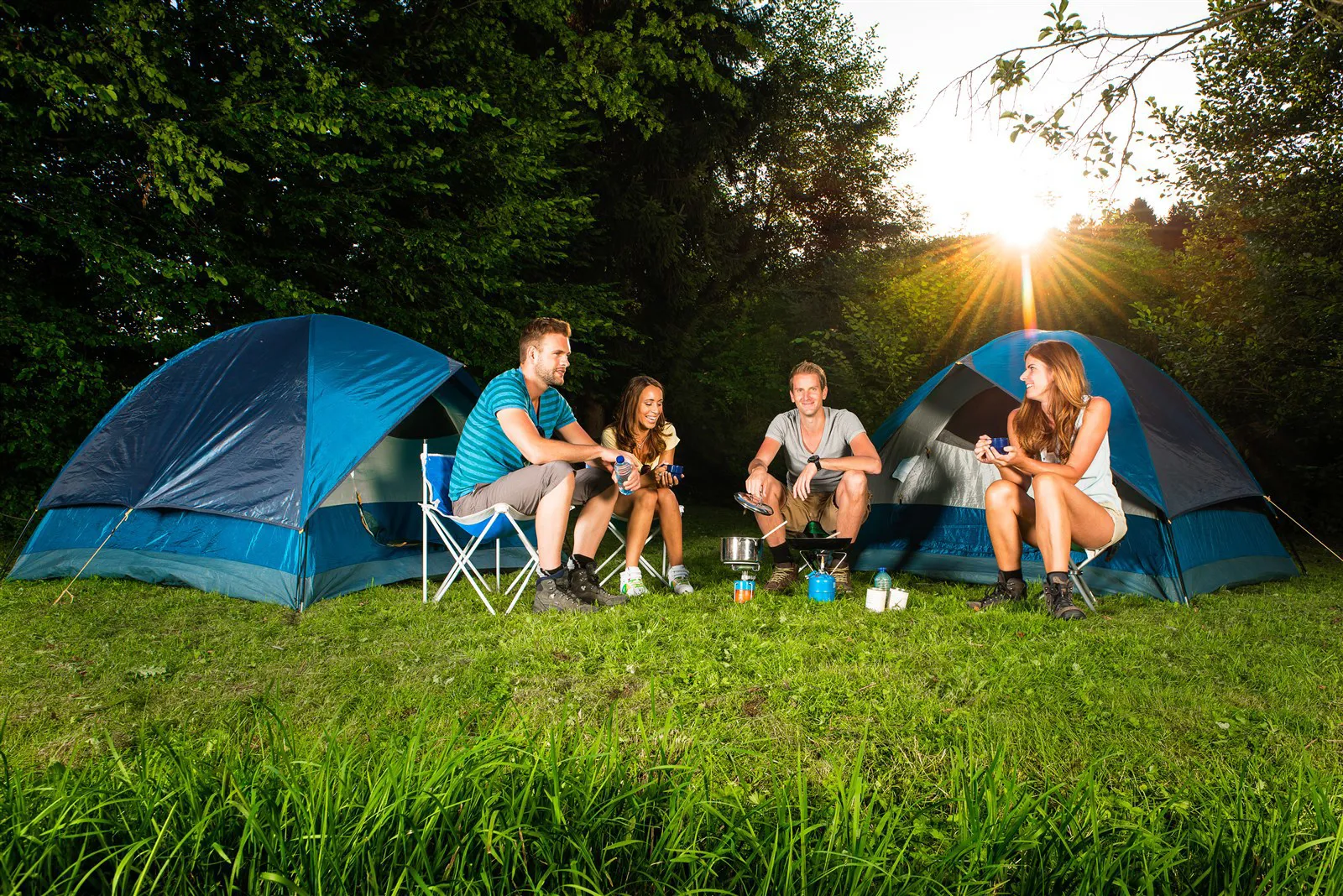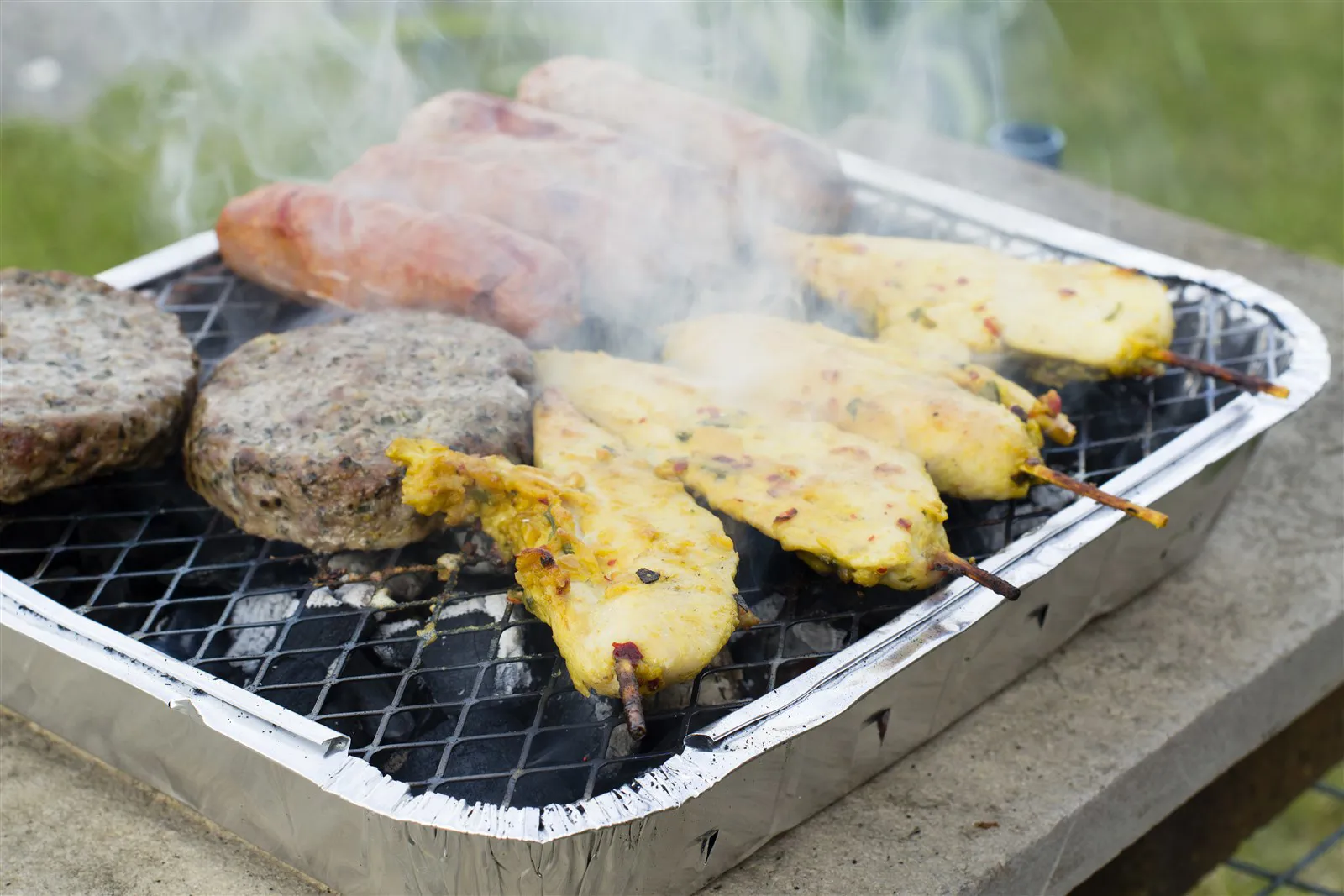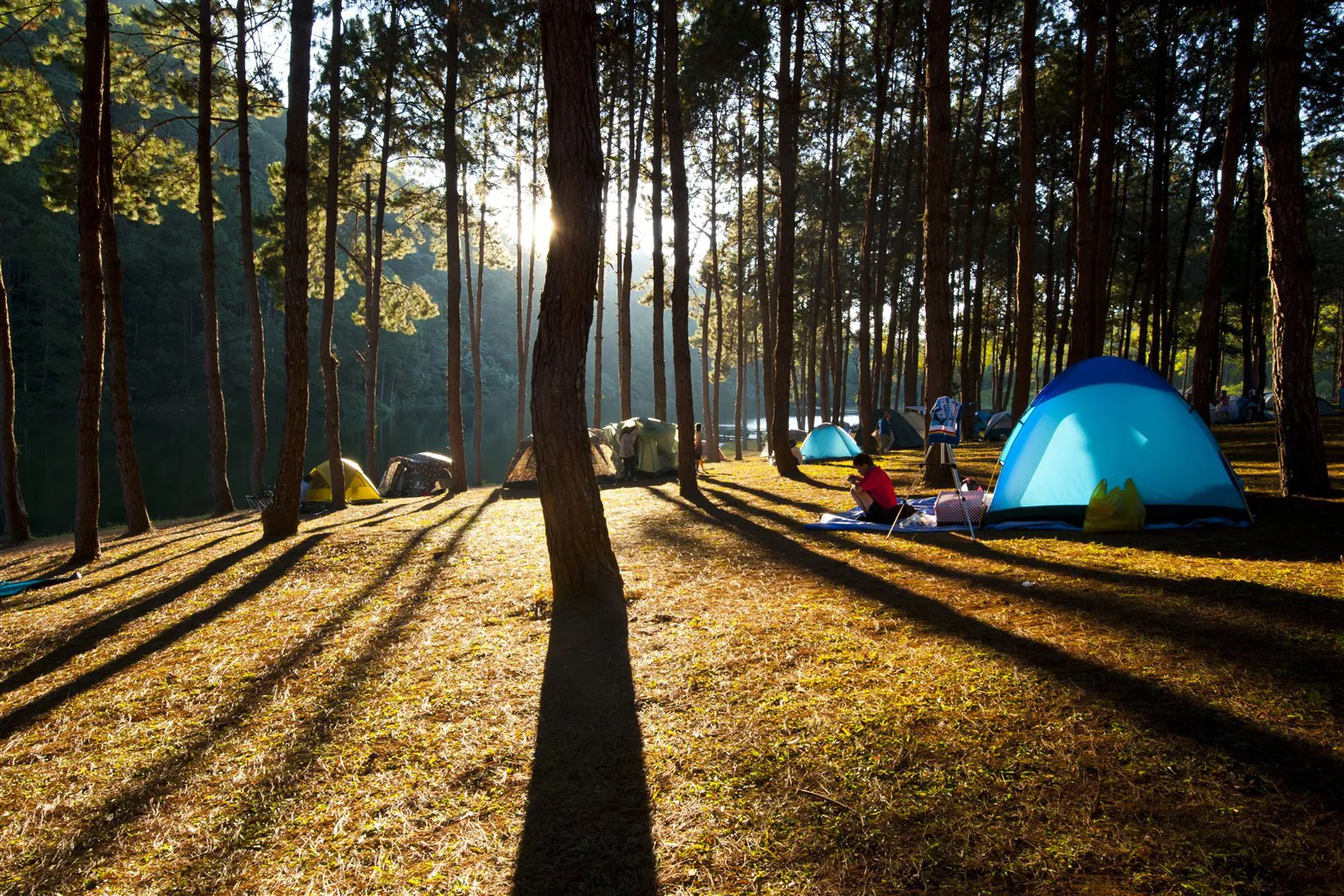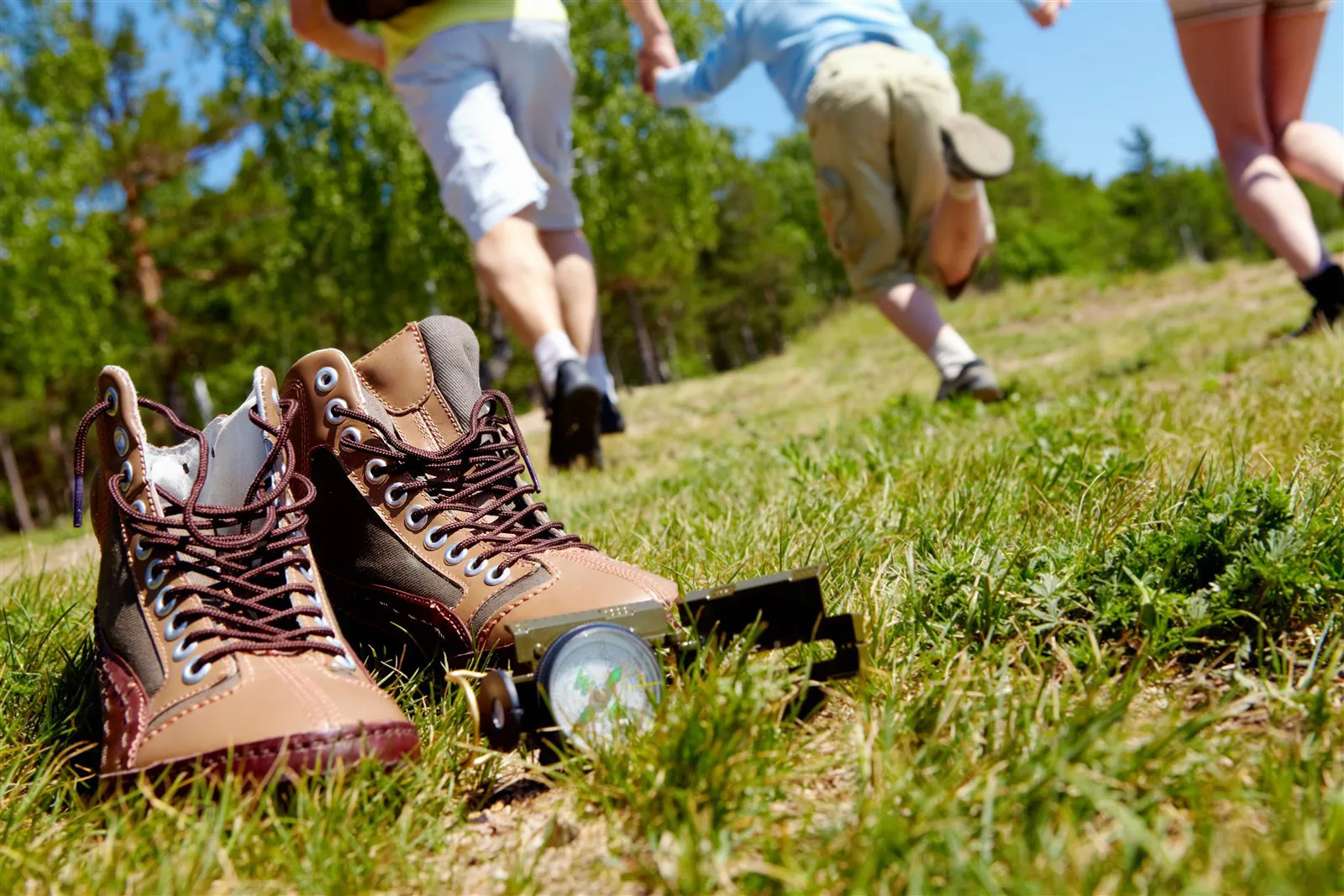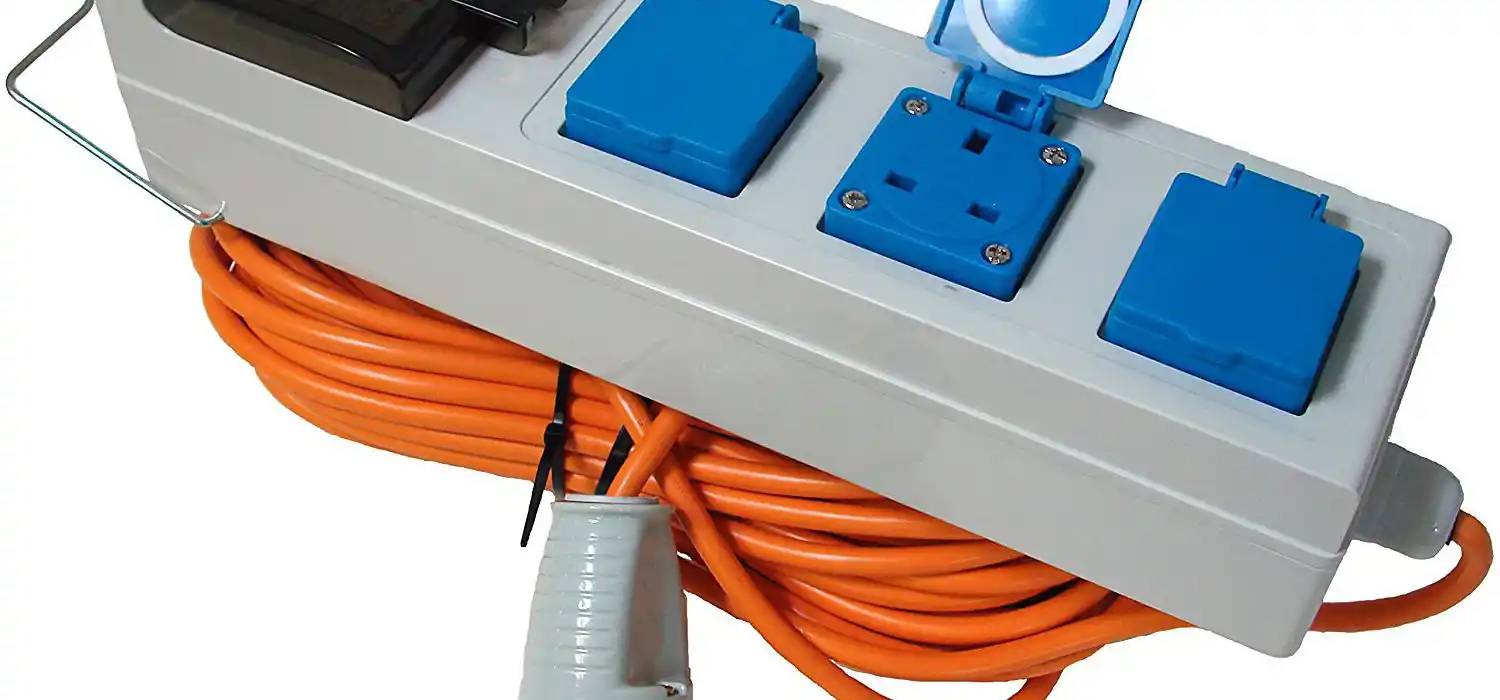
Electric hook ups
The world of electric hook ups for tents, campervans, caravans and motorhomes can feel a bit daunting when you're faced with confusing electrical conversion tables for the first time. However, once powered up, many campers are left wondering how they coped beforehand!
Adding a few little luxuries to your camping holiday could make all the difference to having a more comfortable and ultimately, a more enjoyable stay - so what are you waiting for? Think of that cold milk in the morning for your cereal, a blast of heating to warm through your tent in the winter months, a hairdryer, or the opportunity to charge your phone.
Did we miss anything? Post your suggestions in the comments box at the bottom!
And having seen what you can use an electric hook-up for, here is our handy beginners guide to EHUs. Don't forget to search our listings of campsites with electric hook ups to find somewhere great to stay!
What is an electric hook up?
The idea is simple - a hook up offers you access to electricity in your tent, motorhome, caravan or campervan with the help of a cable and a few sockets.
If you purchase yourself an electrical supply cable, you'll be able to receive a normal A/C electrical supply just as you would at home (tents also require a mobile mains unit). Most campsites now have electrical access points (ask for a pitch with access when booking), from which you'll be able to plug in your cable to their safety checked supply bollards.
Simply run your cable to your temporary home and hey presto! Electricity.
However, it's important to understand that caravan and camping hook ups are designed for light power loads only.
What are the common amp ratings?
Electrical power is measured in watts and electrical current is measured in amps. When an appliance is using electricity, it will draw a current measured in watts for example, a hair dryer will draw around 1,500 watts or 6.5 amps (A).
Electric hook ups are generally rated as 6A, 10A or 16A, which equates to how much power they are able to provide. Some sites in Europe only offer 5A rated supplies. Think about how much power you will realistically need judging by the appliances you think you will be powering.
Trying to use a hairdryer (6.5A), fan heater (8.7A) and normal household kettle (8.7A) at the same time on a 10 amp electric hook up won't be very popular on site when the inevitable trip happens. Choose your equipment wisely to minimise damage to your appliances and your reputation.
What do electric hook up cables look like?
Cables have a male and female end socket, with a length of cable up to around 25 metres; depending on which you buy. When setting up with a campervan, motorhome or caravan, always connect the female end of the cable to your unit first. Then take the male socket end to the power bollard where you will find a female socket and connect up, turning it clockwise to make sure it locks.
Tents are slightly different, as there is no electrical input socket so instead you connect the female end into a mobile mains unit which works much like a power adaptor. An RCD is a safety must have.
Mobile mains normally also have a clip for you to hang up within the tent, so that the power supply is up off the floor and out of the way, preventing not only damp but also a tripping hazard that could damage your equipment or cause an accident.
IP44 ratings
IP (or Ingress Protection) ratings are defined in international standard EN 60529. They are used to define levels of sealing effectiveness of electrical enclosures against intrusion from foreign bodies (tools, dirt, etc.) and moisture.
In the case of electrical hook ups, the second digit on the IP rating (shown in the list below) correlates to how effective the electric hook up is at being waterproof. Never buy one that is not rated to IP44 or you will be risking an accident.
- 1. No protection
- 2. Protection against condensation
- 3. Protection against water droplets deflected up to 15° from vertical
- 4. Protected against spray up to 60° from vertical
- 5. Protected against water spray from all directions
- 6. Protection against low pressure water jets (all directions)
- 7. Protection against strong water jets and waves
- 8. Protected against temporary immersion
- 9. Protected against prolonged effects of immersion under pressure
Using an electric hook up in a caravan, motorhome or campervan vs using in a tent
Electric hook ups are designed for use in motorhomes, campervans, caravans and tents. The kit might be slightly different, but the principle remains the same - you are providing an electrical supply to your temporary home, whatever that may be.
In a campervan, motorhome or caravan, it is very similar to receiving power to your home, however as your unit is mobile there is much higher chance of things going wrong. Make sure you perform regular inspections and have a qualified technician perform periodic safety tests. Using an RCD can also help to avoid accidents by cutting off supply to any unsafe circuit.
In a tent, provided you don't overload the connection and take measures to prevent damp accessing your RCD and keep it hung up out of the way, there shouldn't be any issues. Again, regular inspections are an important precaution.
Alternative ways to power your gadgets while camping
EHUs aren't the only way to get access to electrical power while camping, there are alternatives. There include gas, solar panels, generators and leisure batteries. Although most campsites offer electrical hook up as standard, you may find yourself relying on other sources if yours doesn't or when camping in remote places.
Leisure batteries
Leisure batteries can be used to provide a steady stream of power for appliances such as lighting, however you will find that compared to electrical hook up they are certainly not as reliable or convenient. Though handy when combined with solar panels, leisure batteries are designed to be recharged after use and must be preserved by maintaining a good charge and not being allowed to run completely flat. It's best to avoid using them with high-energy appliances such as televisions.
Solar power
Solar panels are brilliant eco friendly alternatives for those on extended trips and can be fixed to the roof of a caravan, motorhome or campervan relatively simply. Working on the sun's UV energy naturally occurring, you can even use them in the great British weather.
When choosing a solar panel, you'll generally want one with an attached power bank. Simply select which size of battery you require and then use its charge accordingly, alongside rechargeable leisure batteries if needed.
When compared with electrical hook up it can be difficult to work out exactly how much energy you have to spend. Solar charging isn't an exact science, but you can multiply the watts by the hours it will be exposed to daylight, and then multiply that figure by 0.85 in order to factor for natural losses.
For power-hungry devices, you may find that an electrical hook up is more reliable. However, with a bit of practice using solar energy is a clean energy source that you can generate and take with you wherever you decide to visit on your adventures.
Generators
Another option is a generator, however they're not welcome on many campsites due to being noisy. Make sure you hear the noise level for yourself before purchasing and consider how you'll avoid being very unpopular on the campsite.
Working out if it can provide the right amount energy for your needs is as straightforward as using an electric hook up, so check your appliances and do the maths before making any expensive mistakes.
Whatever option for go for, it is important to consider how you can reduce your energy consumption while still having everything you need. You could make small changes that add up to a lot such as replacing halogen lights with LEDs which consume less energy.
It's worth considering adding more insulation to the windows or doors of a campervan, motorhome or caravan to reduce the amount of heat escaping too. This can be done relatively simply using sheets of acrylic cut to size, and can save masses of energy if fitted correctly.
What gear do I need and where should I buy it?
Household extension cables simply are not up to the task! Make sure you visit a reputable outdoors shop when purchasing your EHU cable and mobile mains, to avoid risking the health and safety of yourself and others.
Cables are available in many lengths, but we'd suggest a 25 metre cable to ensure that you can access the supply bollard if you're allocated a pitch a little distance away.
Don't forget about the RCD (Residual Current Device) which will protect you against a potentially fatal electric shock if something is to go wrong. This sensitive device will shut off all electric power to the electrical circuits in your system if it detects a problem, and you certainly shouldn't consider using an EHU in your tent without one.
It's also a good idea (especially if you are camping abroad) to get a plug-in mains tester socket. This helps check the polarity of the supply and the presence of an earth connection. It's a quick, simple and cheap way to test that your plugs are doing their job correctly.
It's also important to get a low-wattage kettle, toaster and fan heater - not assume that you can take your household appliances with you.
Risks and dangers of using an electrical hook up
When working with electricity in a potentially wet environment, it's important to take the necessary precautions to ensure that you are doing so safely. Electricity is dangerous and misuse can cause serious injury.
- Lift your mobile mains unit off the floor to prevent it getting wet
- Always make sure that your cable has an IP44 rating
- Avoid overloading the supply by using too many appliances at the same time
Overloading
You may be surprised at how much power normal everyday appliances use, such as a 800W rated microwave which probably uses more like 1,000W of power (4.3A), a 2Kw fan heater which uses 8.7A and a typical toaster which uses 3.9A.
The average household kettle runs on a whopping 2,000W and therefore uses 8.7A - almost all of the power provided by a 10A hook up. A camping kettle requires a much more modest 750W and 3.3A approximately, meaning you could be running other appliances at the same time without causing any problems. So do consider investing in some camping specific electricals that require much less power.
You can avoid overloading your supply using some quick maths. Use the formula power (W) = Voltage (V) x Current (A) to work out how much power each of your devices use - and how many can be used concurrently.
| Hook up rating | Calculation | Power available |
|---|---|---|
| 16A | 230V x 16A | 3.68kW |
| 10A | 230V x 10A | 2.3kW |
| 6A | 230V x 6A | 1.38kW |
If you overload your supply, it may just be a case that your RCD or bollard circuit breaker tripped out. Otherwise you might have to contact the campsite's reception to check if a fuse has blown. You won't be popular!
40 things you can use with an electric hook up!
If you're a camping purist and you're wondering why on earth anyone would want to use electricity while camping and what you can use an electric hook-up for, here's the full list of ideas from the infographic above!
- Aerial booster
- Coolbox
- Camera
- Cordless drill
- Docking station for iPod
- Electric blanket
- Fridge
- Fan heater
- Fairly lights (a little bit 'glamping' we admit)
- GoPro
- Grill
- Kettle
- Kindle
- Hair dryer
- Hair straighteners
- Hob
- Halogen oven
- Iron
- Insect repellent plug-in
- Lighting
- Lanterns
- Laptop
- Mobile phone
- Microwave
- Oil filled radiator
- Oven
- Pump
- Radio
- Slow cooker
- Speakers
- Steriliser
- Sandwich toaster
- Satellite receiver
- Toaster
- Torch
- Tablet
- TV
- Vacuum cleaner (hand held)
- Water heater
- Wireless hub
You can discover a list of all of our campsites with electric hook up in the UK here.
Download our list of everything of you need to remember for the perfect camping trip!
DownloadThese ideas for days out, places to visit and other experiences offer something for everyone.
Browse Ideas
